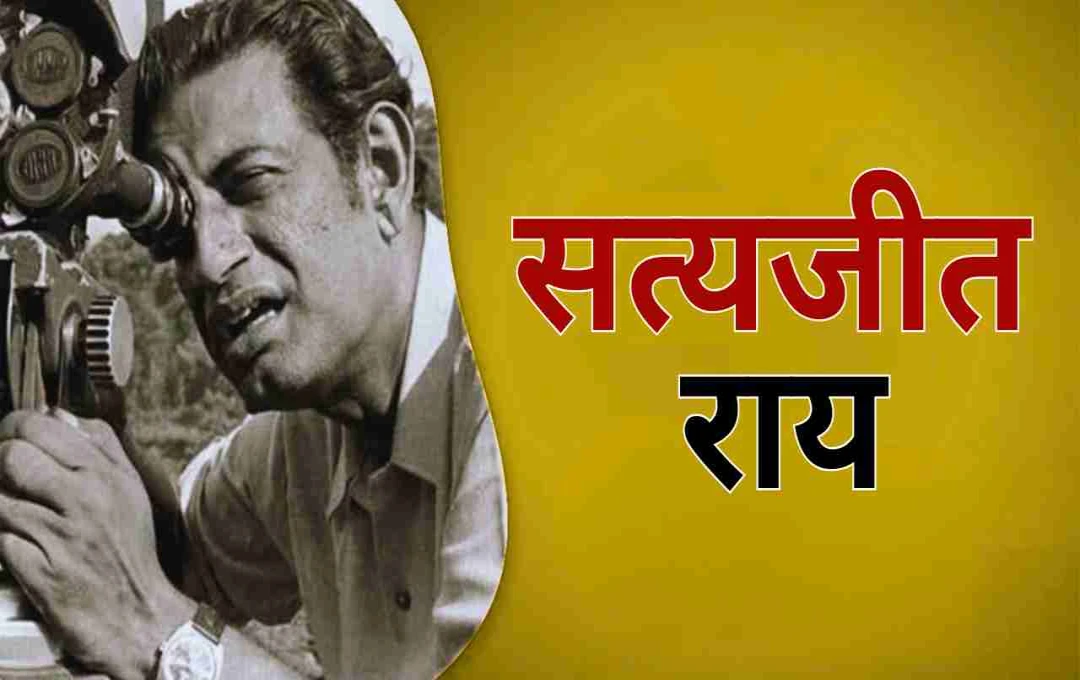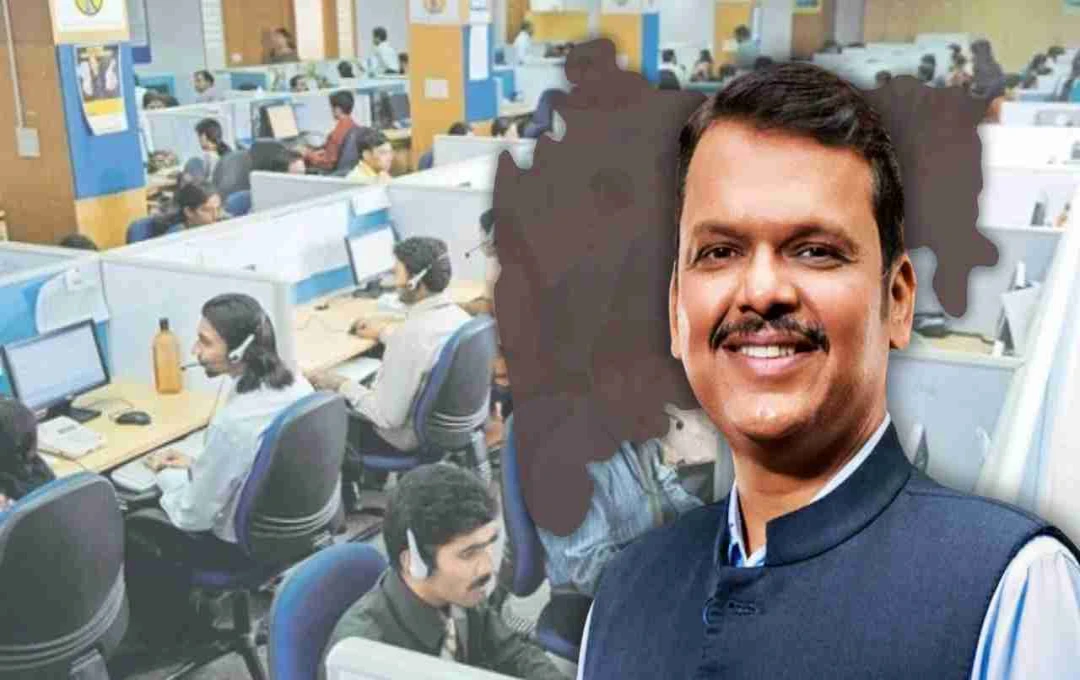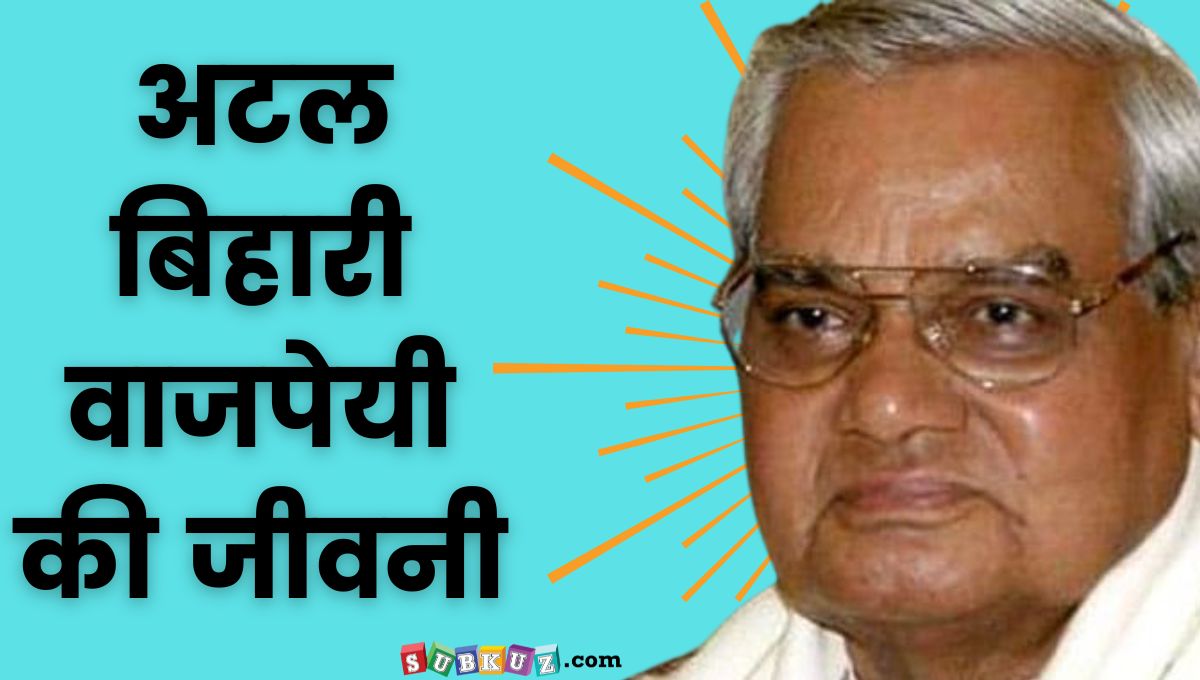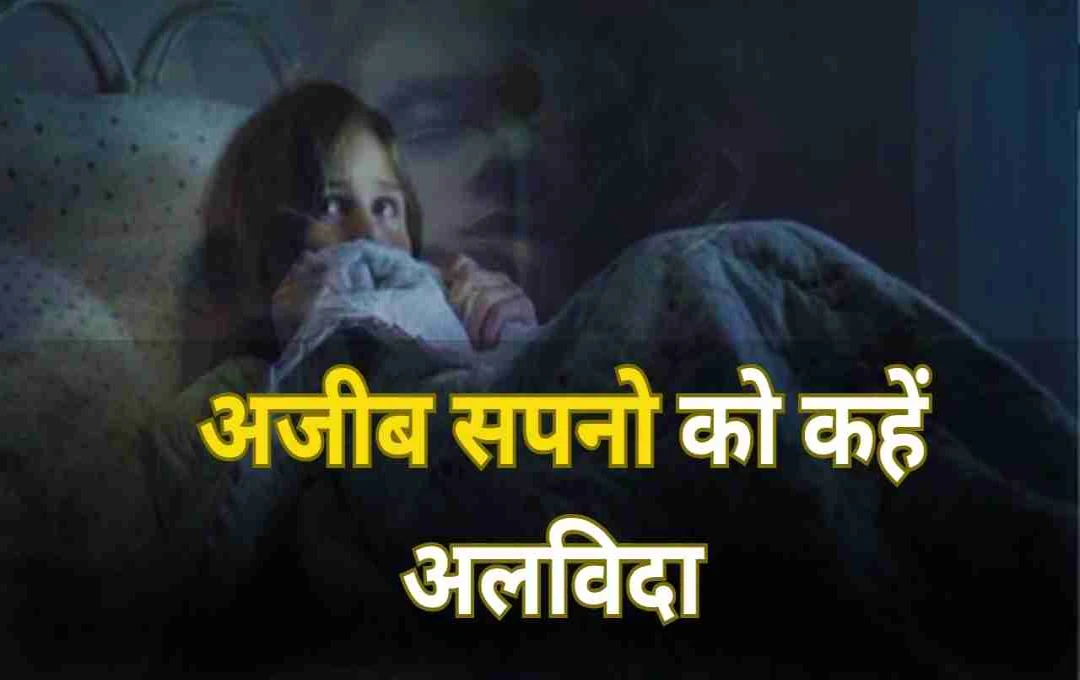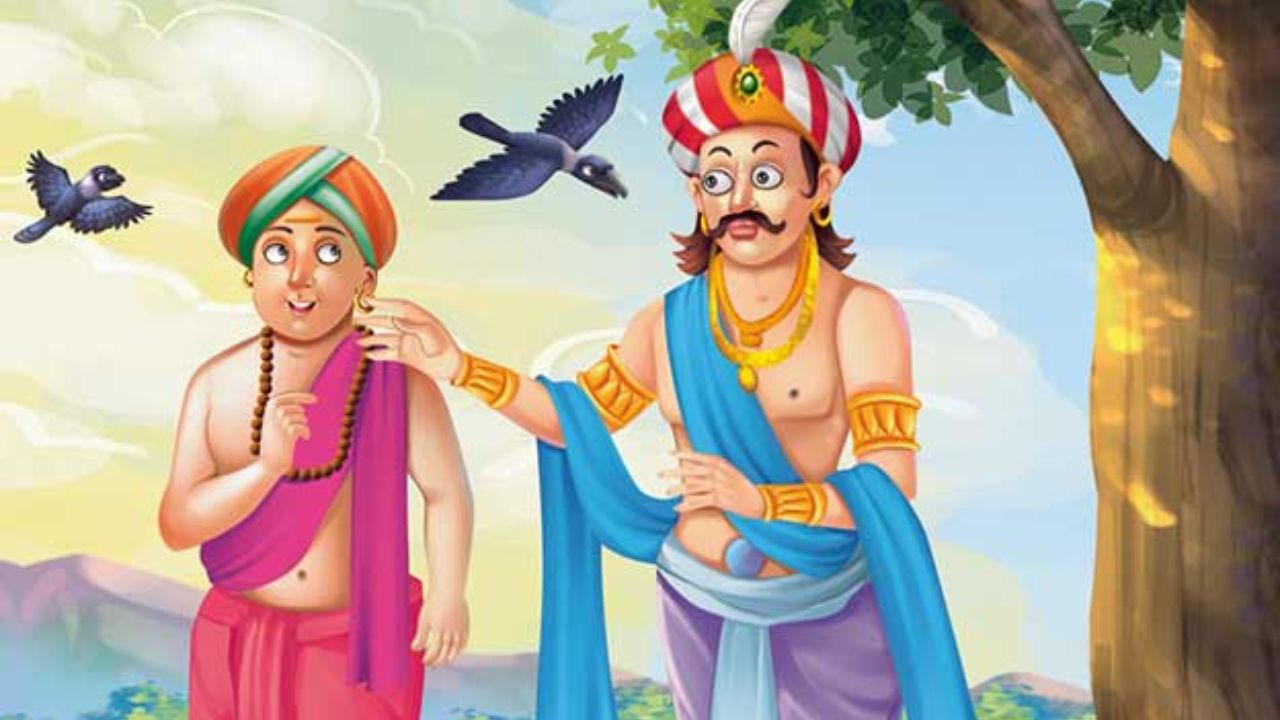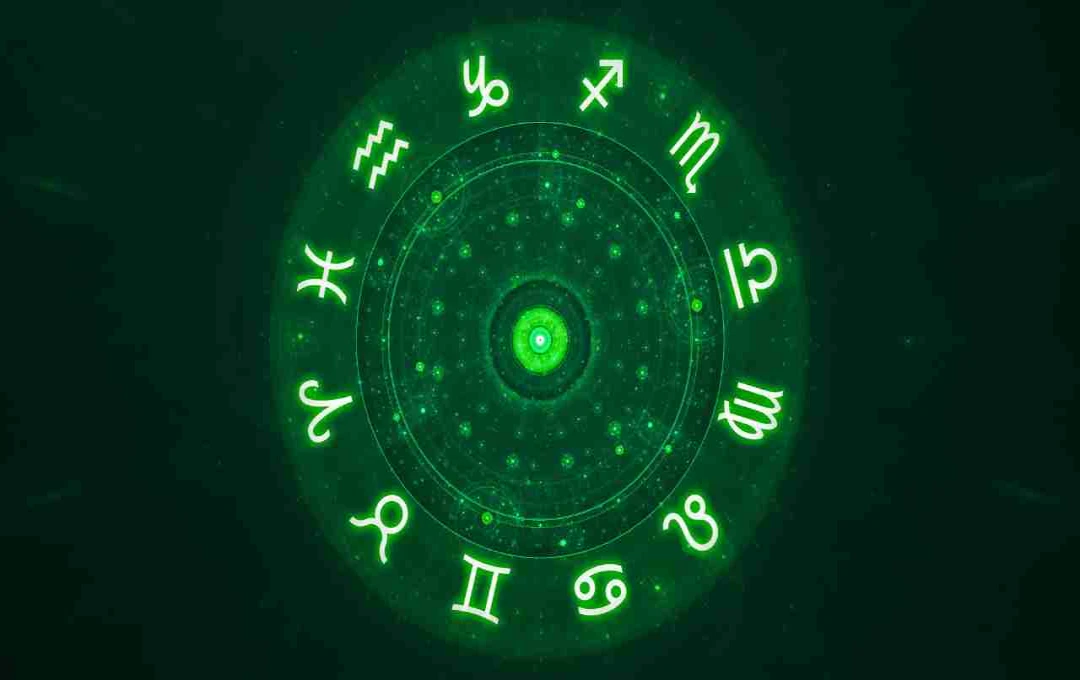Satyajit Ray is not just a name, but the very soul of Indian and world cinema. Watching his work, one feels that art, sensitivity, and technique can reside within a single being. But do you know how deeply the health, lifestyle, and mental state of this cinematic magician were connected to his creative life? Let's explore, in this article, the often overlooked aspects of Satyajit Ray's life, cinema, and health.
Early Life: Sensitivity Inherited
Born on May 2, 1921, in Kolkata, into a distinguished literary and art-loving family, Satyajit Ray was nurtured in the lap of creativity from childhood. His grandfather, Upendrakishore Ray Chowdhury, and his father, Sukumar Ray, were both writers, illustrators, and thinkers. However, the death of his father when he was just three years old filled Satyajit's life with emptiness and struggle. Despite this emotional setback and economic hardship, his creativity never ceased. It is also believed that childhood loneliness and mental trauma cultivated sensitivity and depth within Satyajit — qualities that later became the essence of his films.
Education and Painting: Where the Development of 'Vision' Began
He studied at Presidency College and then at Visva-Bharati University, Santiniketan. There, he learned 'to see' from painters like Nandalal Bose and Binod Behari Mukherjee. This wasn't just about external appearances, but the art of looking within, which Ray brought to life in his films. Health Angle: This holistic education and connection with nature in Santiniketan enriched his mental health. It kept him away from the hustle and bustle and stress of the city, allowing him to remain mentally balanced and self-controlled.
Neglect of Health: Dedication to Art
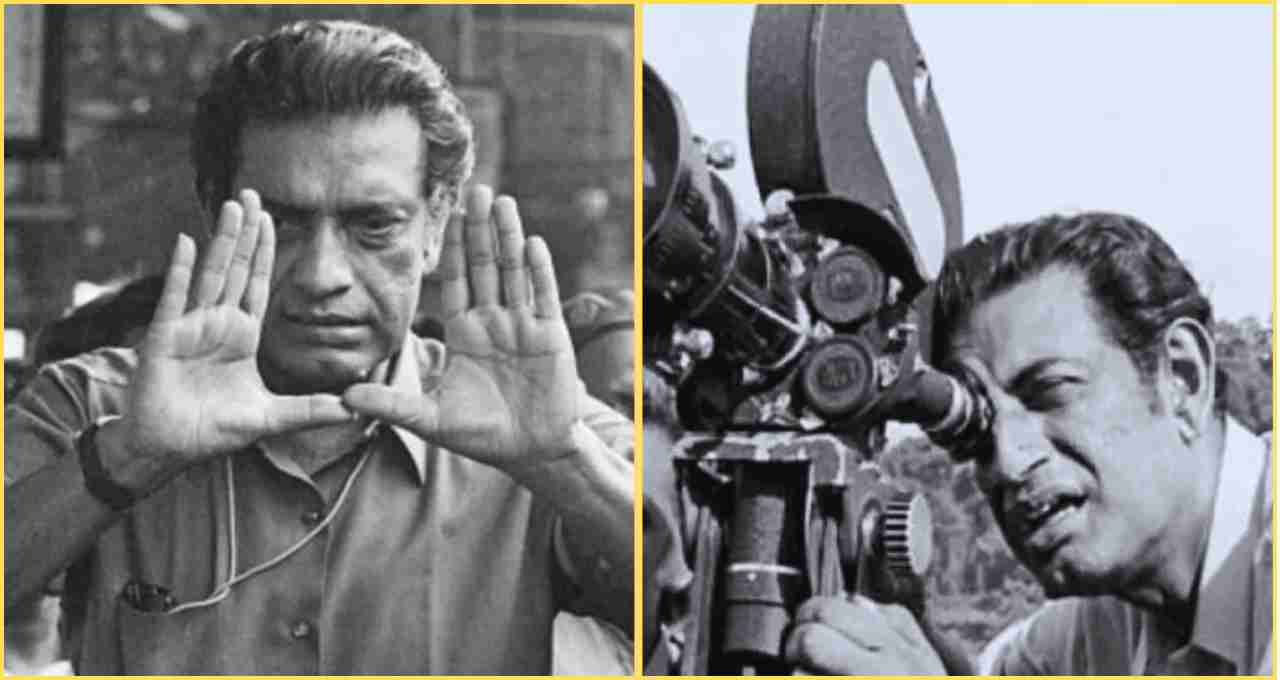
Satyajit Ray's life is proof that when a person becomes immersed in their passion, they tend to ignore the needs of the body. His eating habits were irregular, he had no exercise routine, and he was busy with long shooting and editing sessions. His health began to suffer from the 1960s, but he continued to work relentlessly.
Cinematic Journey: The Beginning of a Sadhana
Satyajit Ray's first film, Pather Panchali (1955), revolutionized Indian cinema. Made without any experience and on a low budget, this film garnered worldwide acclaim. This was followed by Aparajito and Apur Sansar, creating the 'Apu Trilogy' — an immortal legacy of Indian cinema. Each of his films, whether Charulata or Jalsaghar, presented the reality of life with great simplicity. He told the stories of every section of society — children, women, villagers, and the urban population.
Stress and Heart Disease: The Director's Silent Struggle
In 1983, Satyajit Ray suffered a serious heart attack during the shooting of Ghare Baire. This health crisis was so severe that he never fully recovered. Doctors advised him to rest, but he didn't stop filmmaking until his final days. The main causes of his heart problems were chronic stress, an irregular lifestyle, and mental fatigue. Exercise or a healthy diet had no special place in his routine. Cinema was not just a profession for him, but a sadhana — and in this sadhana, he sacrificed his health.
Final Days: A Confluence of Honor and Struggle
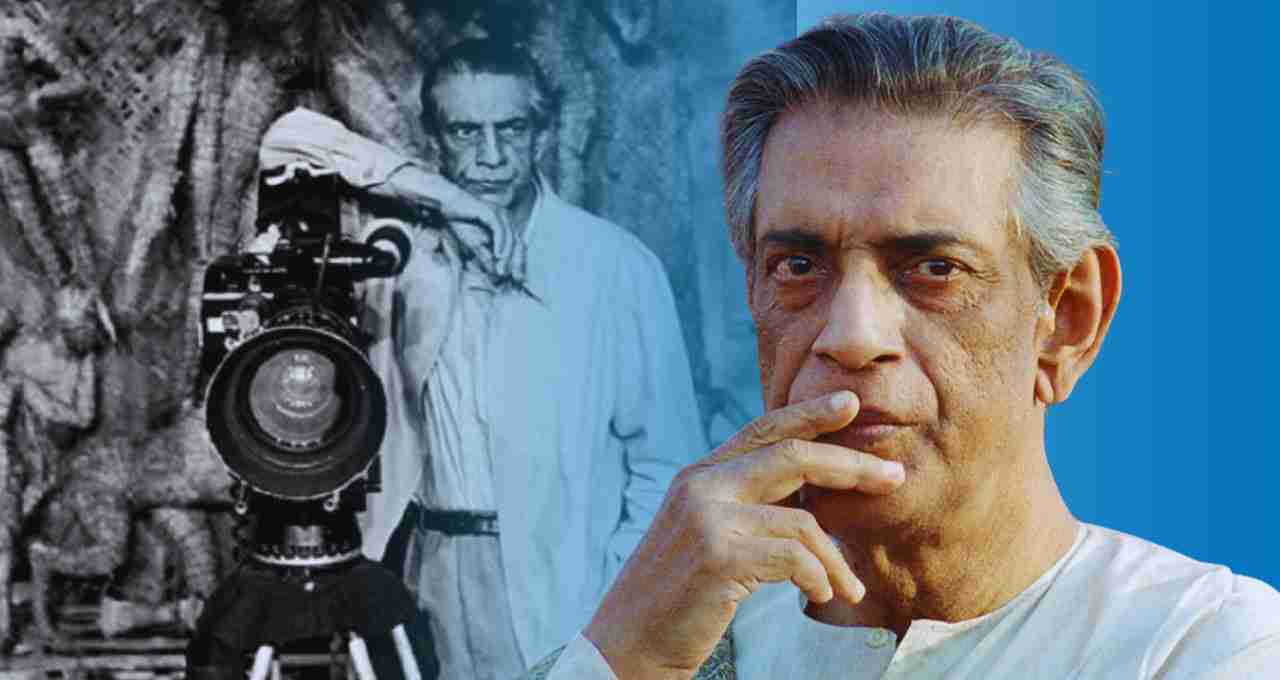
In 1992, when Satyajit Ray was counting his last breaths in the hospital, he was awarded the prestigious honorary 'Oscar' from Hollywood. From his hospital bed, he sent a video message in which his face was weary, but his eyes still held the same intensity. On April 23, 1992, when he passed away, the city of Kolkata seemed to pause for a while. Millions of people came to his home to bid him a final farewell. The Government of India posthumously honored him with the Bharat Ratna.
Health Message: Attention to the Body is Also Necessary Along with Art
Satyajit Ray's life is an inspiration, but it is also a warning. He taught us that greatness can be achieved through dedication and creativity, but if the body is not taken care of, this greatness can also be short-lived. Today's young generation, who are working in filmmaking, writing, or creative fields, should also learn from Ray that maintaining mental health and physical balance is as important as passion for art. Yoga, meditation, a balanced diet, and regular rest — all these can be sources of energy for any artist. Satyajit Ray gave us immortal works through his hard work, but perhaps if he had been a little more mindful of his health, he would have continued to guide us for many more years.
Satyajit Ray's life was like a lamp that kept burning for itself but also illuminated the paths of others. His films proudly placed Indian cinema on the world stage. His stories still touch our hearts. But at the same time, his life also teaches us that life can be made great not only by creation, but also by restraint and balance.
